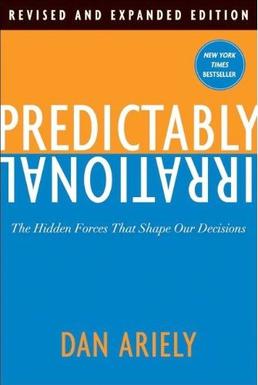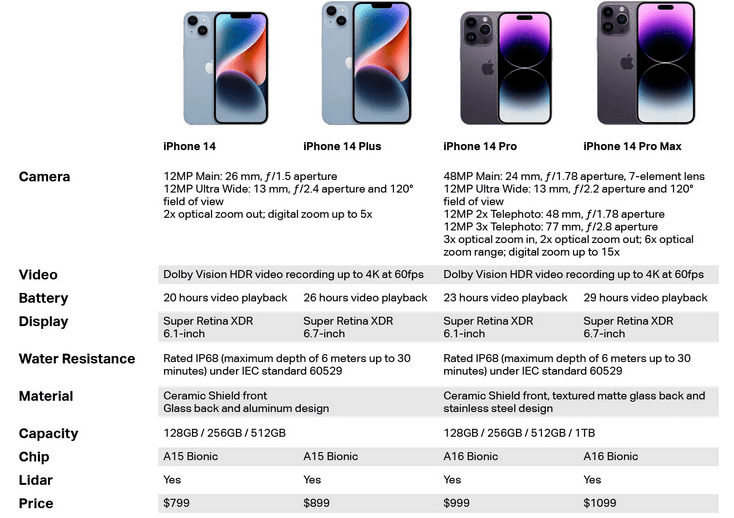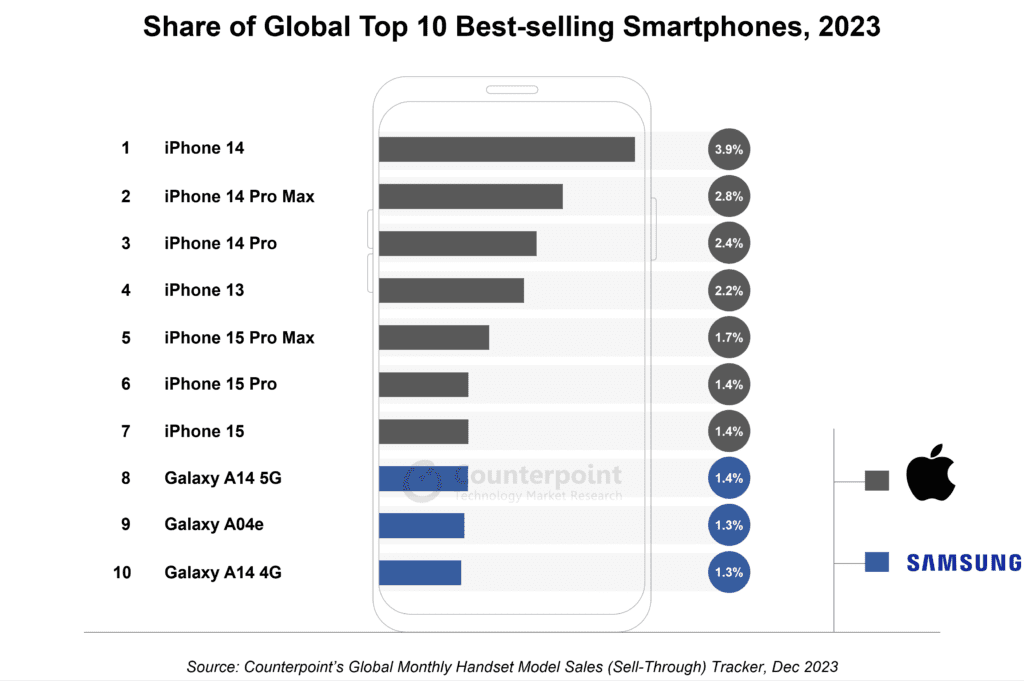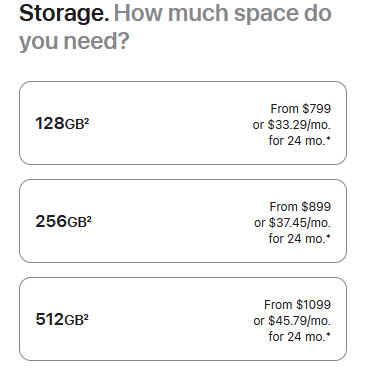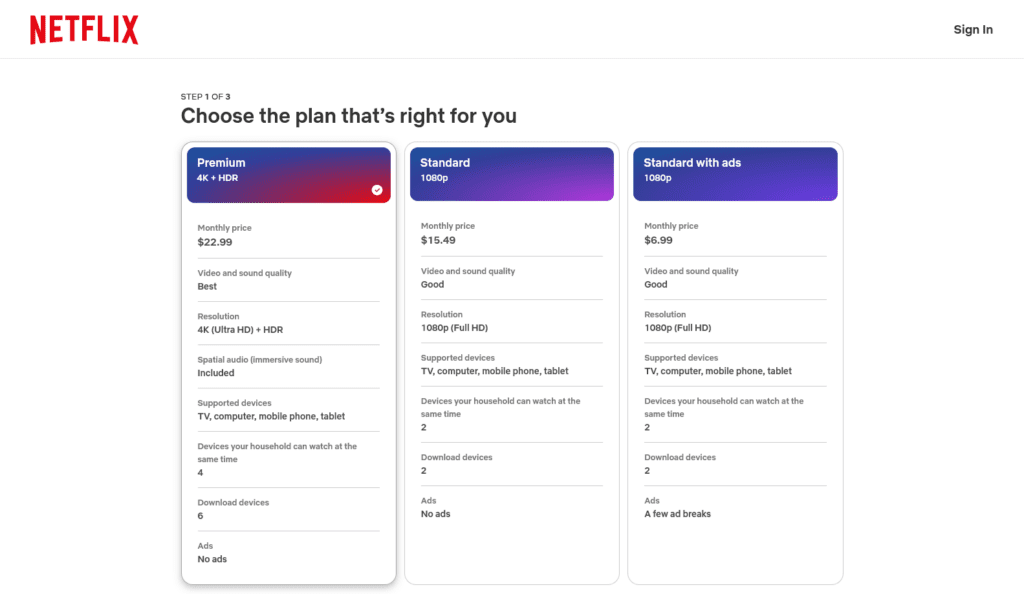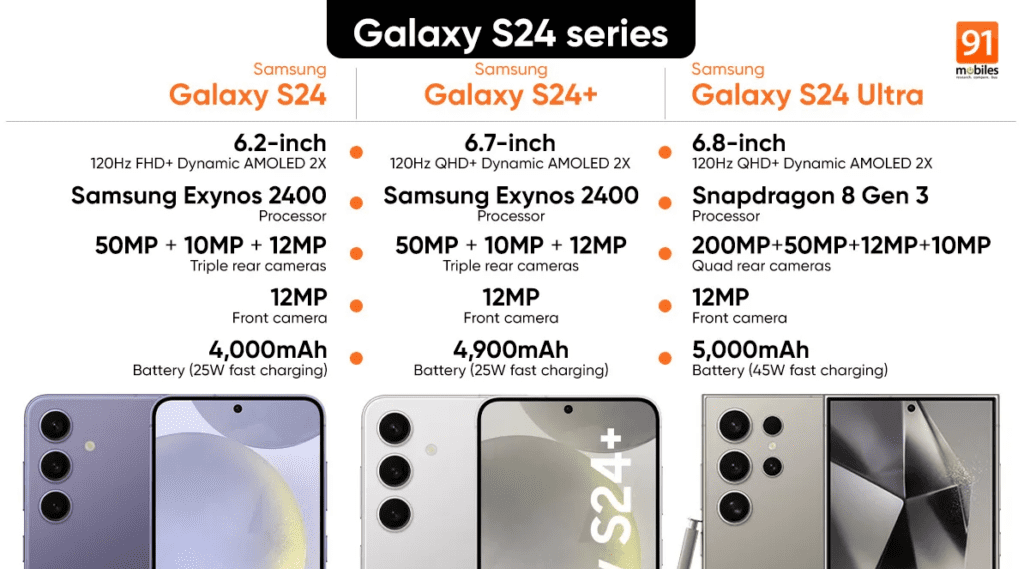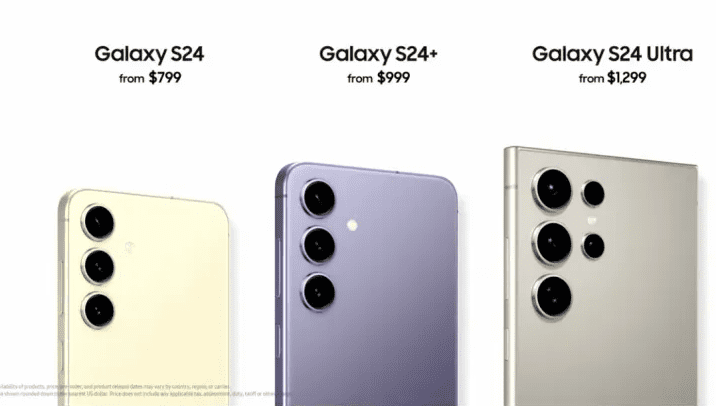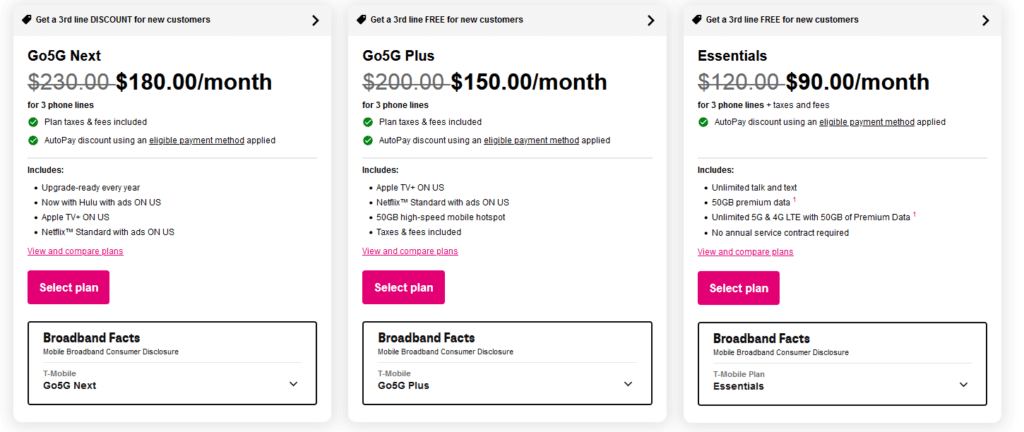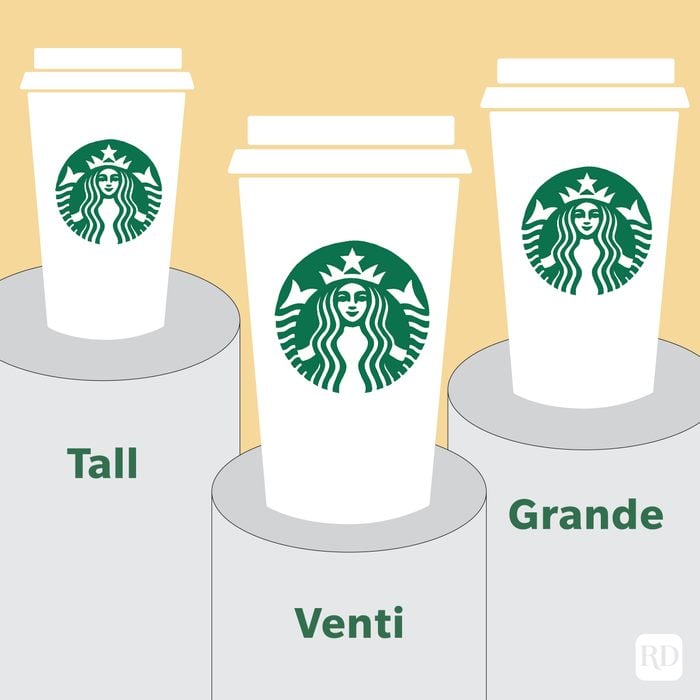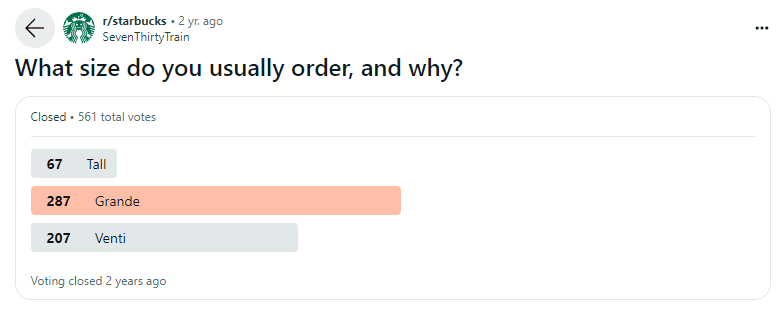The Decoy Effect: Navigating the Invisible Influence in Consumer Choices
Picture this: you’re at your favorite coffee spot, ready for your morning caffeine fix. You see two options in the menu: small and large. The decision seems straightforward! But what if there were a third option – a medium? Suddenly, your choice isn’t as clear-cut! Will the small be too small and the large too large? The introduction of a third option here drastically influences purchased decisions. That’s precisely what the decoy effect is all about.

But how can marketers leverage this concept ethically? This blog will delve into the fascinating world of the decoy effect, explore how brands use it, and guide you on implementing it responsibly in your marketing strategy.
So get ready for an interesting exploration of the psychology of choice in the world of business and marketing!
Decoy Effect: The Backstory
For decades brands have been tapping into the power of neuroscience in marketing – in creating demand for products that never existed. The decoy effect is one such psychological tactic used by several brands to draw attention to one product, in most cases, the one with the most profit margin.
The concept of “Decoy Effect” was popularized in a paper, “Adding Asymmetrically Dominated Alternatives: Violations of Regularity and the Similarity Hypothesis” published by Joel Huber, John W. Payne, and Christopher Puto in 1982.
This research delved into the concept of adding asymmetrically dominated alternatives to influence perspectives. And in the paper summarizing the findings, the researchers used the term “decoy” to talk about the third option added to skew the decision toward a chosen option.
Renowned author and professor Dan Ariely further popularized the decoy effect in his book “Predictably Irrational: The Hidden Forces That Shape Our Decisions” published in 2008.
In his book, Dan Ariely spoke about a study he conducted on 100 students by asking them to choose from three subscription options provided by the Economist.
- Internet-only subscription for $59.
- Print-only subscription for $125.
- Print-and-Internet subscription for $125.
He found that 16 students went with the first option and the rest with the third option whereas none chose the second one. Evidently, because the third one seems to offer the best value.
However, when he removed the second option the interest on the Print and Internet subscription was not the same anymore. He found that 68 students chose the Internet-only option and only 32 of them chose the Print and Internet option.
He summarized these findings to communicate how a decoy (the print-only subscription in this case) can significantly affect the choice a consumer makes. It affects value perception.
How Popular Brands Seem to Use the Decoy Effect to Their Advantage
Brands use decoys in terms of pricing, features and other nuances to add variety and to alter perceptions. While there’s no rigid proof that the respective products were introduced as decoys, the sales patterns that followed and the interest exhibited by customers are possible indicators that some of these products could have been introduced as decoys. Or at least that’s how they ended up functioning! So, what are such instances? Let’s find out.
1. Apple
You’ll notice a hint of decoy effect in Apple’s product lineups as well as in their customization options.
Take the iPhone 14 series for example. The iPhone 14, iPhone 14 Pro, and iPhone 14 Pro Max models were initially priced at $699, $999, and $1099 respectively in the US. With the iPhone 14 Pro Max being the most advanced, feature-packed option and with a bigger screen as well. Moreover, all this was available at a slight increase of $100 over the iPhone 14 Pro.
Knowingly or unknowingly, the iPhone 14 Plus model acted as a decoy in this case because who would pay $100 more just for a bigger screen and without a significant boost to the features? The iPhone 14 Pro and Pro Max with better processor and camera capabilities appear as the better value options. Naturally, in 2023, iPhone 14, 14 Pro Max, and 14 Pro turned out to be the bestsellers.
In fact, the Plus variants in most of the iPhone models have turned out to be more like decoys convincing more people to go with the Pro variants for better features.
The same applies to Apple’s offerings in terms of the storage capacity of their smartphones. The below image shows the price variations based on the storage capacity of iPhone 15.
At first glance, you might think that 128GB is enough storage for your smartphone and 512GB seems like a bit much (4 times the storage). However, adding a middle option 256GB makes 128GB appear too small – makes consumers doubt if it would really be enough in their primary smartphone. Thus convincing them to consider bigger storage options like 256GB and 512GB.
This is an example of using the decoy effect when introducing product variations and customization options.
2. Netflix
The below image shows the recent pricing of Netflix’s plans in the US. so, how does the decoy effect come into play in this case? Compare the prices and features of each plan and it’ll soon be clear.
In this case, if the Standard With Ads plan was not there, the starting price of $15.49/month would probably have appeared too expensive for a streaming service. However, the ad-supported plan and its downsides make the Standard plan look more attractive. This also increases the chances of users considering the Premium Plan without regrets especially knowing that they are getting a significant upgrade of features.
Overall, in this case, the Standard plan appears like a more sensible option since it has better features than the Standard With Ads plan and is less expensive than the Premium plan. It suddenly appears like a moderately priced plan offering the best value for money.
This example shows how you can create a clear value contrast by including a less desirable option (the option with ads in this case). Moreover, despite being the least desirable option among the three, the decoy is still of value in this case as it can cater to the requirements of users looking for budget-friendly plans. Thus the decoy helps add a competitive advantage. (Considering that this plan is priced lower than most other streaming services)
3. Samsung
In the case of brands like Samsung where the product portfolio is massive, decoy effect can be an intuitive tactic to draw attention to flagship products. For instance, take the case of their Galaxy S24 lineup. The below image captures a quick comparison of their core features.
And these models were initially priced at $799, $999, and $1299 respectively.
At first glance, the Galaxy S24 appears like an expensive option considering the other smartphone models offered by Samsung. Therefore, the most expensive Galaxy S24 might not have stood a chance of being considered by price-conscious consumers.
However, the addition of the mid-variant Galaxy S24+ switches things up a bit. Suddenly, you perhaps start focusing on the things that the entry-level variant is missing out on. And how the mid-variant offers a good deal considering the better battery, bigger screen, and yet just a slightly higher price hike than in comparison with choosing the highest-priced option.
This is a good example of asymmetric dominance or decoy effect. In addition to convincing you to stop and compare the flagship models, this strategy also convinces you to spend more because the Galaxy S24+ feels like a sweet spot between the extreme prices without compromising much on the features.
4. T-Mobile
The current plans and prices offered by T-Mobile can also be explained from the decoy effect perspective. Here’s a quick comparison of the plans for reference.
Ideally, the Essentials plan appears like a great budget-friendly option. Whereas, the huge price gap between the Essentials and the Go5G Next, the latter appears like a big leap and therefore might not attract a lot of consumers. However, the plan strategically positioned in the middle changes perspectives.
While a majority of consumers might opt for the Essentials plan, those looking for better features might find the Go5G Next to be a better alternative available at just a $30 boost. Suddenly, spending a big amount on the most expensive plan feels like a better deal, thanks to the decoy effect. Or it could at least lead users to consider how much they are missing upon choosing the Essentials plan.
This is a clear-cut example to show how there can also be a positive side to adding a decoy – in this case, it helps alleviate the perception of the large price gap between the entry-level and featured-packed plans.
5. Starbucks
Another very popular brand that you might hear people cite as an example of the decoy effect is Starbucks. Their serving sizes for their popular coffee beverages, Tall, Grande, and Venti, are often seen as a classic example of asymmetric dominance in serving sizes for restaurants.
Remember the coffee shop example we discussed at the beginning of this blog? We’re getting back to that with Starbucks’ portion sizes. The pricing and the difference in prices between each serving size varies from one region to another. However, the way people perceive these portion sizes often remains similar.
While the Tall itself is a good serving size, the presence of two additional options makes the Tall appear too small. Hence once you sway toward the more expensive options, the Venti appears a little too large and so there’s the question of whether you really would need that much coffee. Putting all these considerations together, the Grande feels like a more sensible option. On its own, this might not be the choice that appeals to everyone but the presence of the three asymmetrical options helps create this attraction.
The below image shows a Reddit discussion on the most popular serving size in Starbucks. As you can see, a lot of people seem to prefer Grande. That’s because people consider this to be a good value for money.
Having explored these examples, let’s switch gears and discuss this from a broader perspective. How can brands that are looking to tap into the decoy effect do so ethically?
Leveraging the Decoy Effect Ethically in Marketing
- Ensure that you are clear about the value proposition. Do not create plans or product variants so similar that you end up confusing your customers rather than helping them make a decision.
- Identify the target product or subscription plan you wish to promote and place your decoy strategically so that it makes the target appear like the most practical choice. Yes, this feels tricky. A/B testing can help understand what resonates with your audience.
- Don’t include unethical price inflations for the decoy. Because deceptive pricing eventually breaks your customers’ trust in your brand.
- While there is an impulse to create an illusion of scarcity to drive more conversions, doing so might lead to impulsive purchases and after-purchase regrets. When this happens, there is a one-time conversion, and yet you are left with unhappy customers.
- To know what kind of decoy to use without tipping the balance of your pricing strategy, know your audience. Understand what they are looking for and the kind of gaps they find between your current offerings. This helps create a sensible decoy that does not just help with conversions but also helps boost customer satisfaction.
Other Ways to Incorporate the Decoy Effect in Marketing
While tapping into the cognitive bias induced upon adding an extra option seems unethical from some angles, with the above tips you can ethically leverage this idea. Also, it’s not just about product variants and pricing options. There are many other ways in which you can use this idea of asymmetrical dominance to shift focus in the desired direction.
For example, when it comes to marketing graphics, there’s a common way in which you might be using the decoy effect without even realizing it. When you include product shots, one way to do it is to put the product in focus as the sole subject in the design. The other way is to include a couple more products in the same category by using colors, contrast, and effects like blurred subjects to create emphasis on the one product. This helps users perceive the highlighted product as the most desirable option.
Another creative way to use this will be when you are showcasing customer reviews. When you have all positive reviews, there’s nothing much to attract a user’s attention. However, when you add negative and possibly less enthusiastic reviews for competing products, you indirectly establish the superiority of the promoted product.
Finally, similar to the feature changes we discussed in several examples, adding a mid-tier product as the decoy is an effective option. This way you help change the perspectives of those who were once skeptical about the need for a higher-end product. The mid variant can help them understand how much they are missing upon choosing the lower-end variant.
Ready to Ethically Employ the Decoy Effect in Your Marketing?
To conclude, the decoy effect, when wielded responsibly, can be a powerful tool in your marketing efforts. By strategically introducing an extra option, you can subtly direct customer behavior toward the products or services that best suit their needs and ultimately drive sales for your brand as well. But yes, you need your marketing graphics to communicate these options clearly and with absolute transparency. A well-designed marketing campaign can use elements like size, placement, color psychology, and clear calls to action to subtly highlight the target option and differentiate it from the decoy.
Ready to work with a professional design team to create compelling marketing graphics? Sign up for a KIMP subscription. Not ready to take that big leap just yet, register now for a free 7-day trial!

